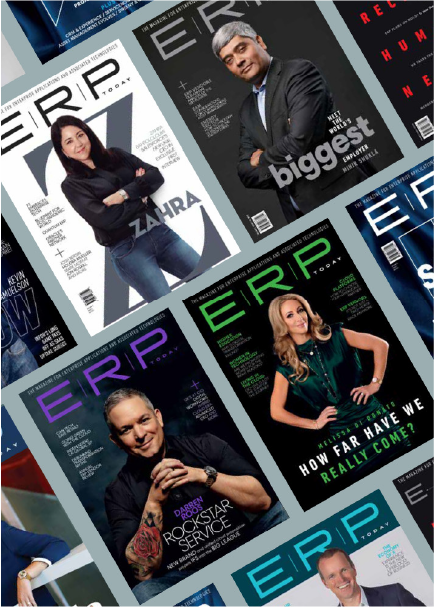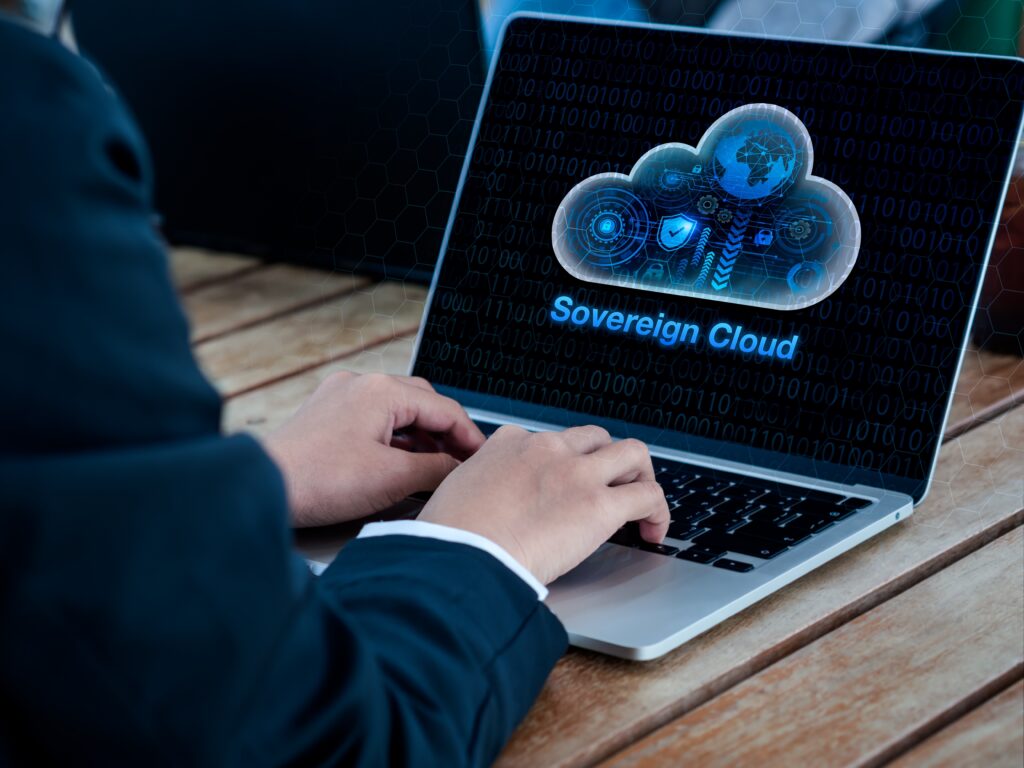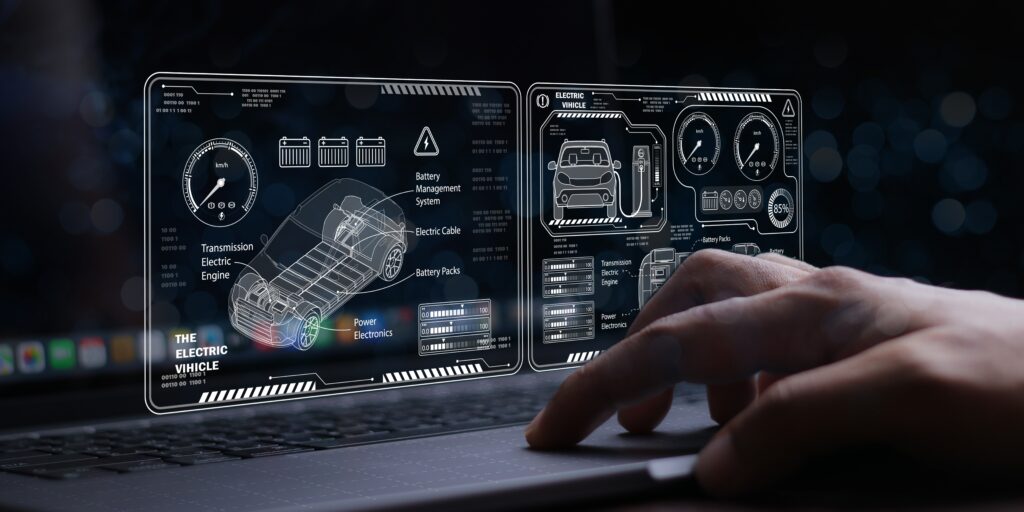Many organizations are modernizing ERP on paper but not in practice, with cloud moves outpacing the strategic and governance work needed to create measurable value. According to research by Infor, Amazon Web Services (AWS), and Radar Group, published on November 10, many businesses operate mid-life ERP estates that look current yet deliver limited returns.
Cloud adoption is rising but governance remains inconsistent. The study shows 42% of organizations run ERP in the cloud, yet only about 64% report having a defined cloud strategy. Those without such a strategy rely on ad-hoc decisions, increasing cost exposure and weakening control across platforms like AWS. The data also highlight uneven modernization. On-premise systems average 7.9 years of age, with only 3.4 years of planned life remaining, while cloud deployments average 4.3 years but are expected to remain in place for 6.5 years.
System Age, Satisfaction, Investment Patterns
ERP systems reportedly sit in a mid-life comfort zone. The research places the average ERP age at roughly 6.4 years, with more than five years of anticipated runway ahead. This position encourages organizations to defer strategic decisions even as technical debt grows and business expectations evolve, per the report.
Satisfaction follows a similar curve: younger systems correlate with higher satisfaction, while organizations operating systems nearing a decade old report the lowest satisfaction levels.
Investment behavior shows a split. Many respondents plan to increase overall technology budgets, but ERP spending lags. Only half of the surveyed organizations plan to raise ERP investment, even though ERP remains the central platform for processes, data, and integration across cloud ecosystems. At the same time, spending on AI and ML is expected to increase, but often without the foundational governance or integration readiness needed to effectively unlock these capabilities.
The report stresses that modernization requires more than cloud hosting. ERP is a business platform decision that must be supported by governance, integration standards, security models, and clear value hypotheses. Recommendations include establishing a viable ERP and cloud strategy, defining decision rights, adopting a roadmap tied to desired business outcomes, and incorporating external evaluation to expose blind spots. Integration discipline across cloud platforms is also highlighted for scalability and cost control, along with outcome-based KPIs that track value realization at the process level, not just system health.
What This Means for ERP Insiders
Cloud-first ERP teams need structured governance to realize value. The research shows many organizations run ERP on cloud platforms but lack a defined cloud strategy, creating cost inefficiencies, security gaps, and integration inconsistencies. Modernization programs must be guided by a viable governance framework covering architecture, integration standards, and procurement controls. Without this structure, cloud ERP remains a deployment choice rather than an engine for operational improvement.
Mid-life ERP estates require external validation to avoid stagnation. ERP systems averaging six to seven years in age provide stability but often obscure growing technical debt and missed opportunities for process gains. The research shows organizations relying solely on internal reviews are more likely to maintain neutral satisfaction levels and overlook loss of value. Periodic external assessments help surface integration risks, data-quality issues, and ROI gaps that internal teams may normalize over time.
Integration discipline is emerging as the primary determinant of ERP agility. Survey respondents consistently rank integration and interoperability as top priorities. At the same time, the report identifies fragmented integration as a major source of rising cost and slow change, even in cloud-first environments. For enterprise leaders and architects, the path forward centers on reusable integration patterns, clear deprecation plans for point-to-point interfaces, and data-quality standards that support automation and advanced capabilities. Treating integration as a product function strengthens ERP’s ability to scale with business needs and fully leverage cloud ecosystems.






